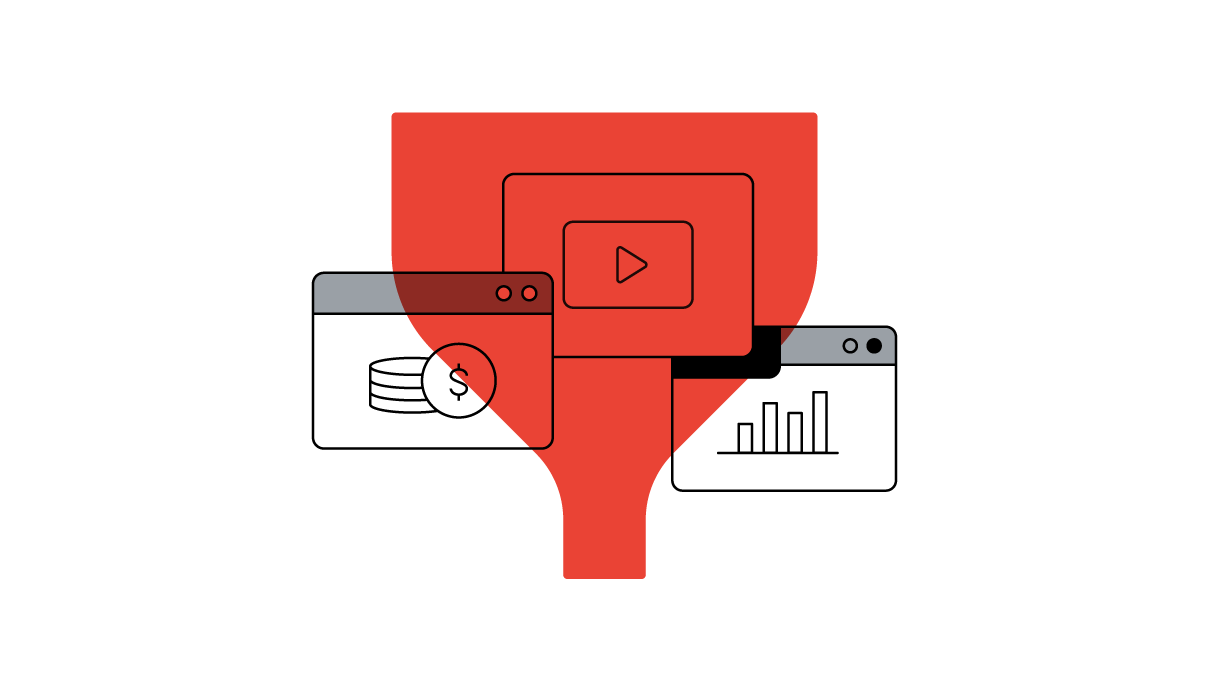Today’s fast-evolving world of consumer behavior – accelerated by COVID-19 – and privacy regulations means there is now a host of new opportunities (and challenges) for marketers.
Under pressure to make every dollar count, digital marketers are now pressed to optimize and transform their marketing strategies, all while simultaneously continuing to deliver more personalized experiences for their customers. At the same time, changing industry regulations and technology standards around user data privacy are shaping new measurement needs for the future.
As we move into the next age of analytics, we look at how the new Google Analytics is helping set marketers up for success through the use of machine learning to provide essential insights and help marketers better understand customer needs. It also addresses some of their most pressing questions on data and privacy as industry regulations evolve.
I have so much data. Now what?
As the digital customer journey evolves, new data streams are becoming available. There’s a heightened need for marketers to use this data more effectively, however, a recent Forrester Consulting survey commissioned by Google found that 54% of marketing decision-makers still find it difficult to manage, organize, and act on this data.1
Attempting to synthesize data in one place can also be a time-consuming task. Marketers often turn to separate tools to analyze data from their websites against data from mobile apps, making it difficult to have a complete view of the customer journey.
Without you having to sift through a mountain of fragmented datasets, the new Google Analytics provides a more holistic view of the customer journey across devices and platforms, giving brands a unified understanding of how people interact with their business. Because Analytics can measure web and app interactions together, businesses can now see conversions from YouTube engaged views, which often occur in mobile apps, in your Analytics reports.

‘’The new Google Analytics has many advantages, such as the ability to stream data using BigQuery in a near real-time fashion. This has the potential to greatly improve the user experience and ultimately the business.’’
Seeing conversions from YouTube video views alongside conversions from other channels helps give businesses a more complete understanding of the combined impact of their marketing efforts.
Harmoney, an online personal lending platform from New Zealand, wanted to build brand awareness amongst its target audience in Australia. The intention was to introduce the Harmoney brand on YouTube and the Google Display Network to reach people who showed interest in purchasing a personal loan that met the brand’s credit criteria, while still measuring the impact of reaching out to a specific audience.

‘’The new Google Analytics provides us with a more detailed insight into the customer journey after they watch our ads on YouTube. We were able to measure the impact by directly correlating the uplift in brand impressions to our investment.’’
What tools can help me uncover new information about my customers?
All marketers are regularly searching for tools that allow them to surface new, smarter insights from their data, and many believe machine learning will be critical to future success. Around 80% of respondents in the recent Forrester Consulting survey say that machine learning and automated insights are critical or very important to achieving their organization’s marketing objectives.2
In contrast, less than half (44%) of existing digital analytics tools are very effective at machine learning capabilities.3 With the new Google Analytics, marketers now have the potential to make marketing faster, more targeted, and less manual.
For example, the new Google Analytics can automatically alert you to significant trends in your data – such as a rising demand for products because of new customer needs. This will provide faster and deeper insight into customer behaviors, enabling marketers to act quickly and effectively on new audience data.

“When used the right way, machine learning can create a competitive advantage that cannot be replicated. By identifying trends and discovering patterns from sets of data, it’s doing all the heavy lifting of recognizing patterns or trends in an accurate and automated manner.”
How can I respond to rising consumer expectations, regulatory developments, and changing standards for user privacy?
The Forrester Consulting survey revealed that marketing decision-makers are concerned about protecting consumer data and trust, with half of the respondents interested in unifying user behavior in a privacy-safe way.
Customer privacy and data security have become a priority for marketers, and many have realized they must prioritize investing in tools and building processes that enable them to protect customers’ information to preserve trust. 64% of firms surveyed are looking to grow their user privacy and data management controls.4
The new Google Analytics is privacy-centric by design, so even as industry changes create gaps in a company’s data, they will still be able to get the insights they need to serve their customers and drive business results, while ensuring privacy capabilities are kept top-of-mind.
How can I future-proof my business and improve the way I use analytics?
While 84% of decision-makers consider cross-platform analytics “critical” or “very important”, only 43% currently implement cross-platform analytics tools.5 In many cases, company data is siloed and legacy analytics tools haven’t been able to provide a more integrated view of cross-platform data.

“Cross-platform analytics is going to be critical to future proof our business. We will be able to gain customer insights that will drive business growth and ROI for the long term.”
With the future of measurement centered around greater privacy, richer data, and more engaging customer experiences, long-term success lies in investing in the right tools.
The new Google Analytics uses a flexible approach to measurement while providing marketers with smarter insights to improve their marketing ROI and a better understanding of the customer journey.

“We realize that our customers are struggling to connect data from both app and web environments, however, with the new Google Analytics, we are able to alleviate this pain point. Together with its machine learning capabilities, we are able to gain a better understanding of the customer journey now.”
Want to get started with the new Google Analytics? Find out how to set up a Google Analytics 4 property alongside your existing Analytics properties.
Learn more about the new Google Analytics
- Blog post for marketers: Introducing the new Google Analytics
- Skillshop course: Discover the Next Generation of Google Analytics
- Blog post for app developers: What’s next with the latest in app analytics








